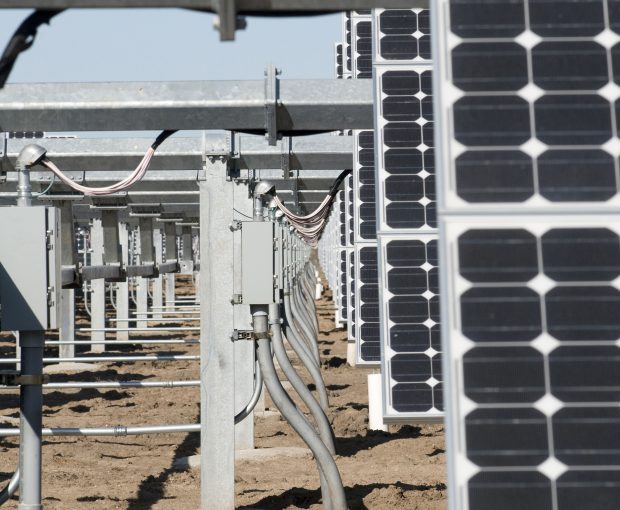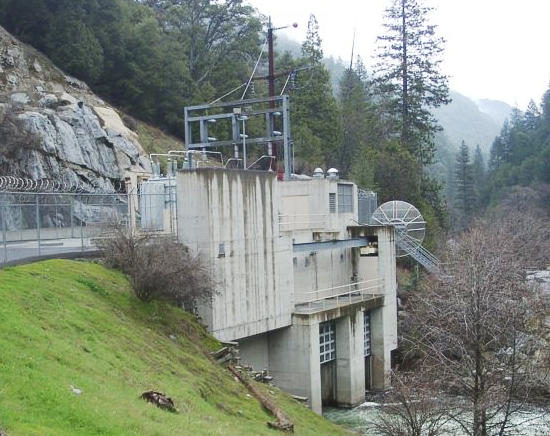Bringing Retail Electric Services to our Communities
That setback didn’t deter us or make us question our desire to become the electric provider for the homes, schools, businesses and city governments in southern San Joaquin County. We’re doing it because it will bring tremendous benefits to our area’s economy and to individuals and entities throughout the region.
First, as a public nonprofit agency, SSJID is committed to providing electric service with rates 15% lower than PG&E’s. If we’re ultimately successful, it’s estimated that our lower rates will save people in our service area more than $15.5 million in the first year alone. That’s a significant economic shot in the arm for families and local businesses that will continue year after year.
Public Board meetings are held on the second and fourth Tuesday of every month at our office located centrally in Manteca. As a customer of PG&E, a for-profit, investor-owned utility, you’d have a hard time tracking down its CEO or a board member, and are not allowed to attend its private meetings held in the Bay Area. At SSJID, you can find a Board member doing business in your community, and you can stop by our office and speak directly to our general manager or any of our staff at your convenience.
SSJID continues to invest in updated studies and financial feasibility reports to make sure we’ll be able to deliver reliable electric service and at lower rates. And if, at any point, we find conditions have changed so we can’t do what the latest studies show, then we will not pursue the plan any further.
There are many reasons we’re confident we can provide electric service with increased benefits, but these are at the top of the list:
- We don’t collect a profit from ratepayers to benefit shareholders like PG&E does.
- Our overhead is lower and we don’t have to pay corporate income taxes.
- We can borrow money for major improvements at lower interest rates than PG&E.
SSJID is proud to serve the people in our district with high-quality water for farmers and cities, and we believe providing community-owned and operated electric service is a great way to benefit everyone in our service area and a good reason to keep working hard to make our plan your reality.
Important Resources
- SSJID – Opinion Editorial: Retail Electric Worth the Cost.
- South San Joaquin Irrigation District Retail Electric Financial Analysis.
- Feasibility Review Presentation.
- Staff Report – Resolution of Necessity Hearing For SSJID’s Retail Electric Project — Property Acquisition.
- Resolution No. 16-05-E – Resolution of Necessity of South San Joaquin Irrigation District Determining That the Public Interest and Necessity Require the Acquisition of Pacific Gas and Electric Company’s Electric Distribution System and Directing the Filing of Eminent Domain Proceedings.
Capturing the Power of Water: The Tri-Dam Project
The Tri-Dam Project is a partnership between the South San Joaquin Irrigation District (SSJID) and the Oakdale Irrigation District (OID). Together, they developed, operate and maintain the Beardsley, Donnells and Tulloch projects, including the dams, tunnels, penstocks, powerhouses, communications systems and general offices. These facilities are located on the the Stanislaus River.
The Tri-Dam Project is governed by a joint Board of Directors composed of the five-member boards of SSJID and OID. Day-to-day activities of the Tri-Dam Project and Tri-Dam Power Authority are overseen by a general manager who reports to the Board. The administrative offices of the Tri-Dam Project are located in Strawberry, CA.
Operational Savings from the Sun: Robert O. Schulz Solar Farm
Phase 2 came online in 2009. It is believed to be the world’s first single-axis solar tracking system featuring thin-film photovoltaic cells. The 419-kilowatt system completed the 1.4-megawatt (MW) solar energy solution that saves SSJID nearly $400,000 a year in utility costs for our Nick C. DeGroot Water Treatment Plant.


The project’s main goal is to stabilize electricity costs, which can spike substantially in summer months. In addition to the project’s annual electric bill savings, the solar energy systems provide the District with a hedge against rising electricity costs.





